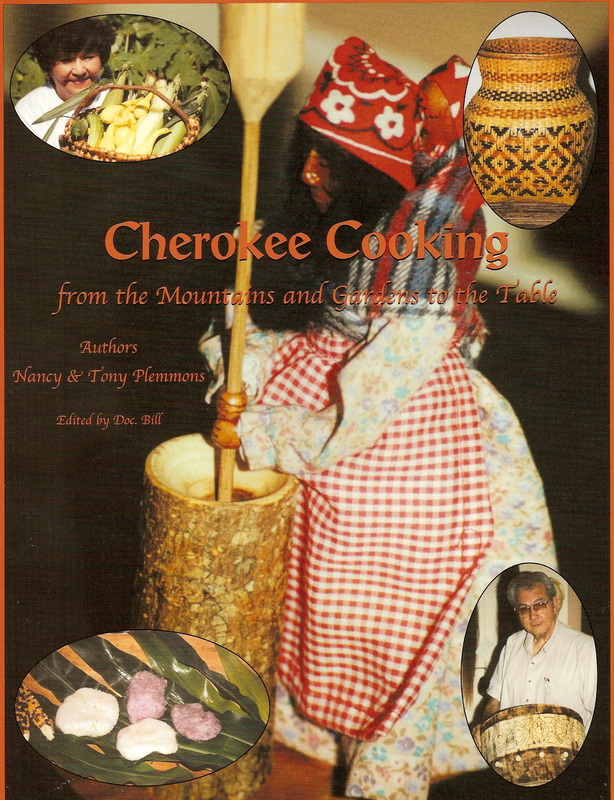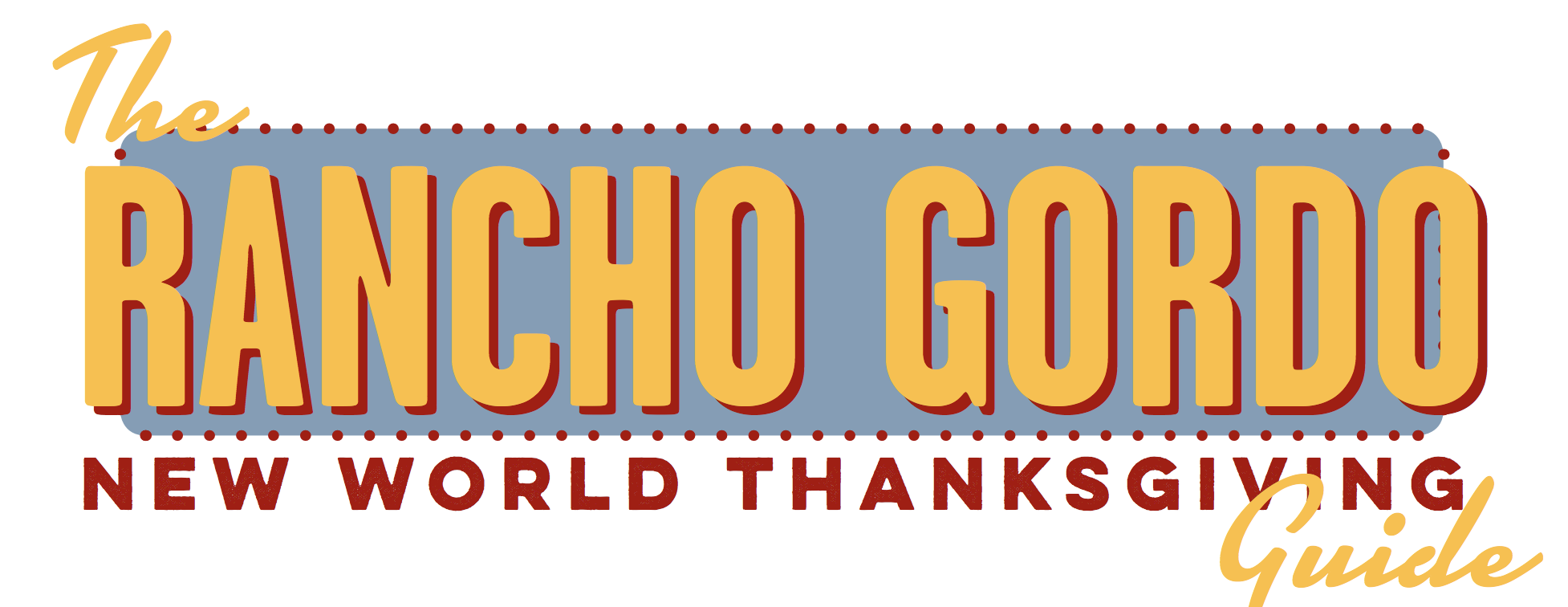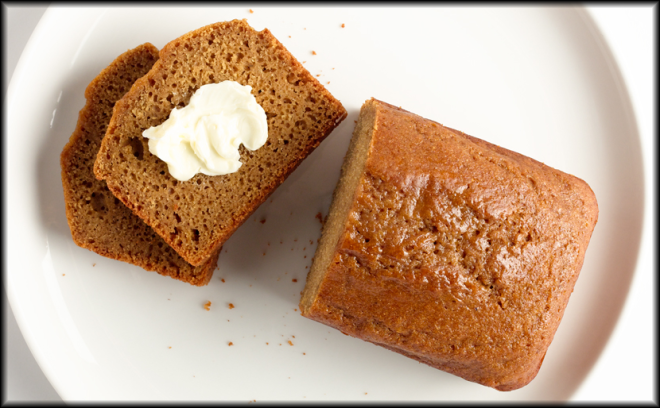This article is actually an interview with Nancy Plemmons, one of the original authors of “Cherokee Cooking: From the Mountains and the Gardens to the Table.” In this short piece, you get a quick introduction to a number of important ingredients and dishes within Cherokee cuisine, from sochan, ramps, bean dumplings, to the ubiquitous presence of pork in Cherokee cuisine, including hominy dishes. While there’s a lot to highlight from this piece, Nancy’s reply to the following question worth repeating:
“White settlers adopted so many ingredients and dishes from the people who were already living in these mountains, from poke sallet to cornbread. What’s a dish you’d still only find on a Cherokee table?
“Oh, maybe pig’s feet with hominy. We love hominy, because we love anything to do with corn. I love homemade hominy, but it’s an all-day thing to make in a big pot with hickory ash and nobody does it anymore. Once you’ve eaten homemade hominy, it’s hard to settle for canned.“
(Image is taken from Sapelo Island Birdhouses, which currently has Cherokee Cooking for sale through their site.)









